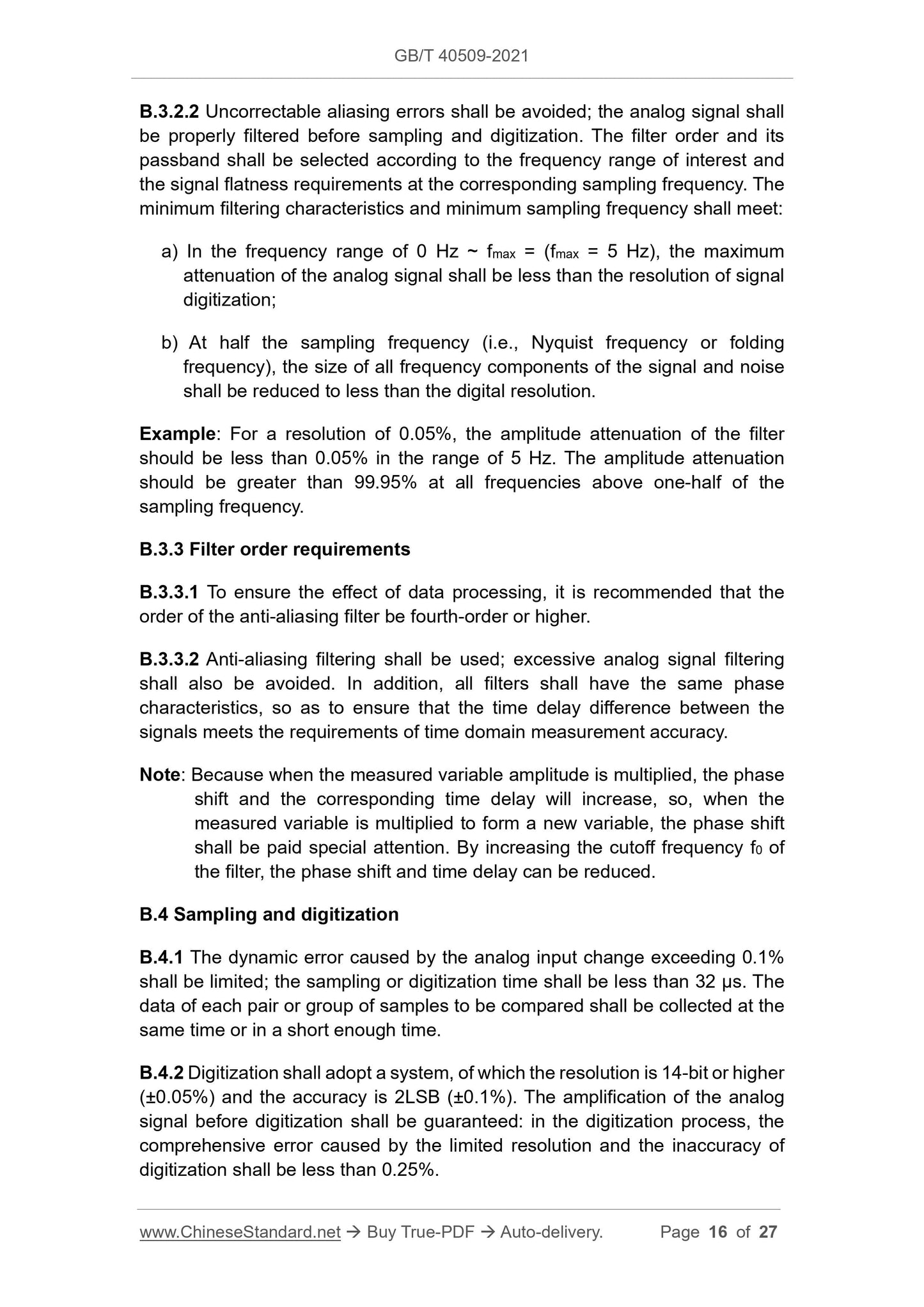1
/
of
8
www.ChineseStandard.us -- Field Test Asia Pte. Ltd.
GB/T 40509-2021 English PDF (GB/T40509-2021)
GB/T 40509-2021 English PDF (GB/T40509-2021)
Regular price
$265.00
Regular price
Sale price
$265.00
Unit price
/
per
Shipping calculated at checkout.
Couldn't load pickup availability
GB/T 40509-2021: Test method of transition test for the quantification of vehicle on-centre handling
Delivery: 9 seconds. Download (and Email) true-PDF + Invoice.Get Quotation: Click GB/T 40509-2021 (Self-service in 1-minute)
Newer / historical versions: GB/T 40509-2021
Preview True-PDF
Scope
This document specifies the test method for the steering wheel of a motorvehicle from a straight-line driving state to leaving the center area.
This document applies to M1 and N1 vehicles, and can be implemented by
reference for other types of vehicles.
Basic Data
| Standard ID | GB/T 40509-2021 (GB/T40509-2021) |
| Description (Translated English) | Test method of transition test for the quantification of vehicle on-centre handling |
| Sector / Industry | National Standard (Recommended) |
| Classification of Chinese Standard | T23 |
| Word Count Estimation | 18,188 |
| Issuing agency(ies) | State Administration for Market Regulation, China National Standardization Administration |
Share















